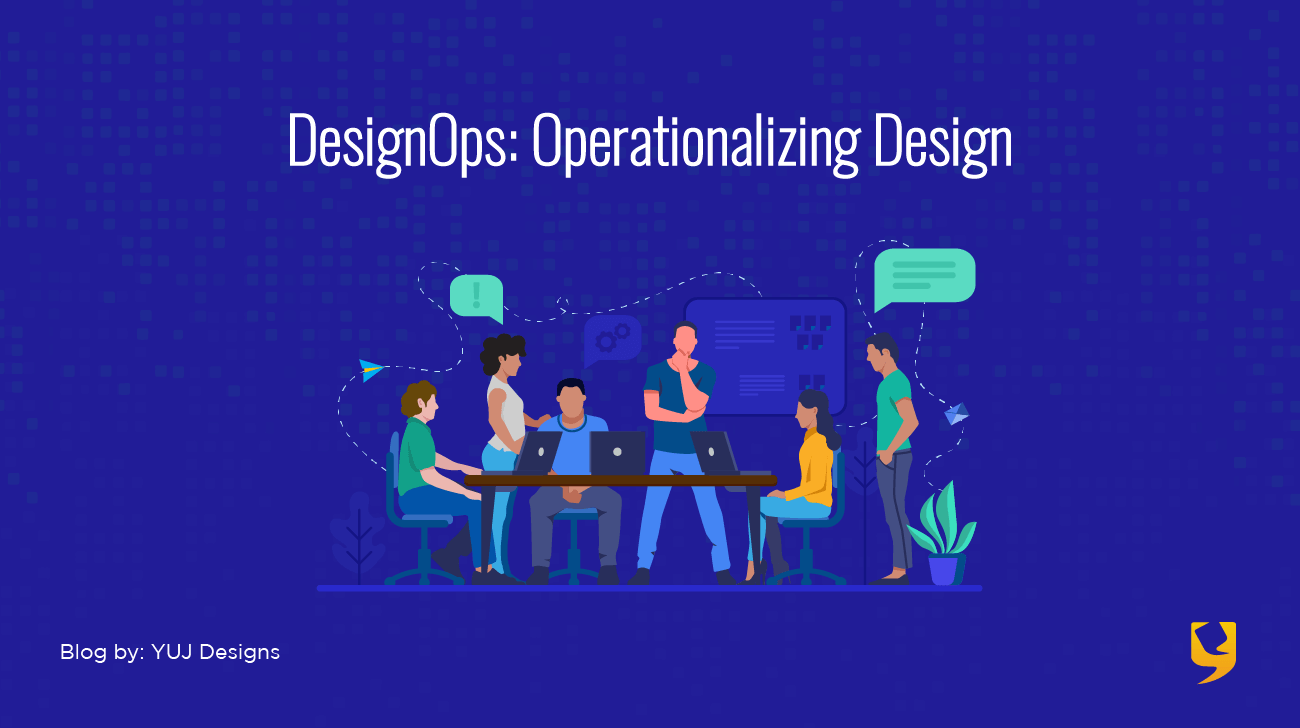
Today, the design industry is seen as a major contributor to the businesses all around the globe. Design is the surest way to gain a competitive advantage. Businesses that grow faster and survive better than others are most often the ones that invest in and understand the value of design.
Good design helps businesses create value by nurturing innovation and crystallizing ideas into impactful products. Design innovation blossoms under the umbrella of structured management. Innovation is key for businesses to be able to respond to new opportunities and challenges.
Design does not operate in isolation from other disciplines and professions. It is affected by external factors such as environment, technology and society. Internal factors such as innovation, user and market research, client relations, design audits, budgets can also adversely affect the power of design activity if not managed appropriately.
The success or failure of any product, service or experience requires effective management processes and collaboration between people. In order to operate holistically, design management becomes essential.
When all businesses start designing delightful products, it will be those with good design management practices that will stay ahead of the time.
The Rise of DesignOps
With the evolution of design industry
A lot of the organizations are asking questions around and considering DesignOps as a necessity. As the design industry is maturing day by day, DesignOps are becoming a very popular idea. When design’s contribution became much more complex, a need for a structure was felt. A separate configuration for better results was required.
DesignOps manages services centrally and systems assisting in building integrated, high-functioning teams. The periphery of work for DesignOps includes looking after the business as well as product matrix driving the entire project’s growth in their capacities. In the matters of fixing processes, operationalizing workflows and betterment of the overall functioning of remote UX, DesignOps will become a pre-requisite soon.
DesignOps is driving business practice (processes) and people (talent) for scale and efficiencies. In a broader manner, the tasks of DesignOps can be divided into –
Process Management
- Operationalizing workflow (Sales – Design – Development)
- Methodologies
- Standards optimization
- Culture
- Processes (Reviews)
Talent Management
- Talent selection
- Onboarding
- Roles and responsibilities
- Alignment (project, team)
- Training and coaching
- Growth path
Design Management
- Scoping
- Resourcing
- Tracking
- Culture
- Governance
- Tools and Infrastructure
- Forecasting
- Budgeting
We need DesignOps now, more than ever
Currently, organizations all over the world are increasingly looking for ways to employ the impact of design in product innovation, in every day management processes, and in the business conversions. When design effectively engages with business agendas, the results are of benefit to people, products, processes and organizational cultures as a whole.
In the pre-pandemic era, design teams had started shifting to distributed, remote teams. In the current times, unfortunately even the ones who were not on-board with remote UX have had to adapt. This has made a lot of organizations look for solutions to support their changing structures, manners of working to help them continue on the growth path. DesignOps will provide the much needed support to stabilize the unpredictable state of remote work at such companies.
From the business perspective, rather than contributing to designing mere screens, designers these days contribute more as they have an in-depth understanding of the business and domain. Designers with the help of systematic efforts can contribute to translating designs into hard ROI numbers. It is an end-to-end effort that induces transparency, consistent processes, the right tools, and designers.
Scaling Design Teams
The primary objective of DesignOps comprises of establishing synergy between the design realm and the business realm. To scale a design organization, DesignOps is required. When you increase the in-flow of projects you require a structure to manage the workload efficiently. When you realize that Design is critical to business success – DesignOps is essential.
Good designers are a rare commodity. DesignOps can be an excellent strategy to retain good designers and hire new design talent. DesignOps provide a systematic approach to delegate multiple projects among talented designers, ensuring they feel challenged when working.
Advantages of DesignOps
- You may be working with the most talented designers in the industry, but if you do not allocate well and utilize their talents in the best way possible, the value they can bring to your business will not be to their full potential.
- DesignOps provides structure and consistency helping the business overcome the hurdles – leaving designers to focus on what they do best.
- DesignOps helps ease collaboration and amplify effectiveness, not only across product disciplines, but also between the increasingly complex world of Product Design.
- DesignOps is an orchestration of factors needed to run the design department. Otherwise the productivity and efficiency of design teams suffers a dip in the curve. DesignOps give meaning to the design efforts.
Systematic processing, motivated employees and smooth functioning of design efforts are, above all an identifier of a successful DesignOps.
YUJ Designs is optimistic about the results DesignOps will bring to the organizations. We hope in future, we reach a stage where the processes and tools function effortlessly and impact of design is amplified. When helping clients with business, product and design goals, we help them embrace the design culture throughout their work. If you also wish to contribute to the design-led future by taking the first step towards DesignOps, talk to us.






